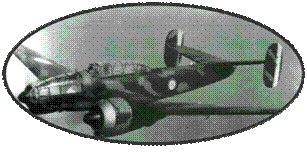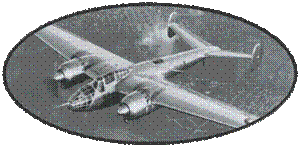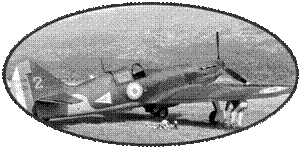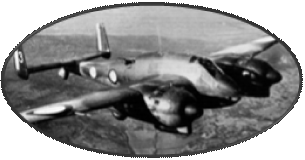The origins of the LeO
C30 date back to 1920, when Spanish engineer Juan de la Cierva
began his studies for a rotating wing aircraft. This is realized
by the manufacture of a prototype called C4, of the "Autogire"
type, a term chosen by J. De La Cierva.
The principle is totally
new. The aircraft has a fuselage similar to an airplane, with
a motor and a tractive propeller that are conventionally implanted
in the front part. On the other hand, the wings are replaced by
a rotating wing with four blades, completely free and independent
of the engine. It is the relative wind generated by the take-off
engine that creates the lift. The concept works perfectly and
the device proves it by realizing a flight several tens of kilometers.
It was in England that
J. Cierva found the funds to continue his work. As early as 1932,
a two-seater model was launched in series: the C19. This one,
equipped with a motor of 100ch, is much more accomplished than
the C4. Thus, the rotating wing is connected via a disengageable
control to the motor. On take-off, the rotor is launched by the
engine, and is disengaged after launch.
Juan De la Cierva died
in a plane crash in 1936, but the work was pursued by the British
who gave birth to the C30. It is powered by a 140cv engine.
28 aircraft are exported
and 37 others are in the civil sector. Many countries are interested
in C30, and evaluations are conducted in Belgium, Denmark, Yugoslavia,
Spain and France. In Germany, it is manufactured under license
with a local engine.
In France, Lioré & Olivier
obtained the license in 1931. The C30 was chosen, and a few copies
were purchased from the British. After a successful demonstration
in Villacoublay, the French Army confirm their interest and are
ready to command. Four British copies were purchased by the Army
in 1934: the gyroplane was integrated into plan I for the refurbishment
of aerial equipment. An initial order for 25 aircraft was made
official on April 25, 1935, followed by an order for another 30
machines in 1936.
The first series units
start coming out of assembly lines. They are first equipped with
engines AS GEBET-MAJOR to 7 cyl, which will be replaced by a Salmson
to 9 cyl. The Lioré and Olivier company has brought a few changes
to the aircraft: the most visible are the small drifts added to
the ends of the horizontal stabilizer to improve stability.
Despite the usual delivery
delays in the rapidly changing Aeronautics industry, 64 LeO C30s
are perceived by the Air Force. At the beginning of hostilities,
52 machines were present, 33 of which were assigned to the GAO
and 3 to the Training Center. In May 1940, at the beginning of
the French campaign, there were only 22 aircraft left in GAOs,
9 in Naval aviation, and 25 in stock.
The LeO C30 will perform
some missions over enemy lines, but it will mostly be used for
links. It is too vulnerable to be used in a hostile environment
dominated by German fighter.
At the Armistice, the
Germans captured 7 aircraft which were quickly scraped.













